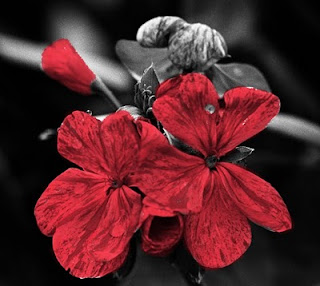

Those of you who know me, know too well that subtle is rarely something one thinks of when they think of me. I like bold and in your face stuff with my art. Though subtlety does have its moments for me.
Since I've reverted back to film I've been shooting each frame twice, once to be pristine for eternity, the other to be colored in with magic markers to change the look and feel of the image. I'm not bracketing, rather just shooting the same image twice. Maybe 3 times if I really want to be brave and work an image up to the max or save room for a flub.
Purple makes yellow in the negative world and that is all it took to had the splash of yellow to these two images. A few quick strokes of a purple pen (hmmm...Harold and the Purple Crayon?) and I now have a splash of color that changed up the original images. I like it. I may be doing more so with subtle than with bold in this series. Just maybe.










































